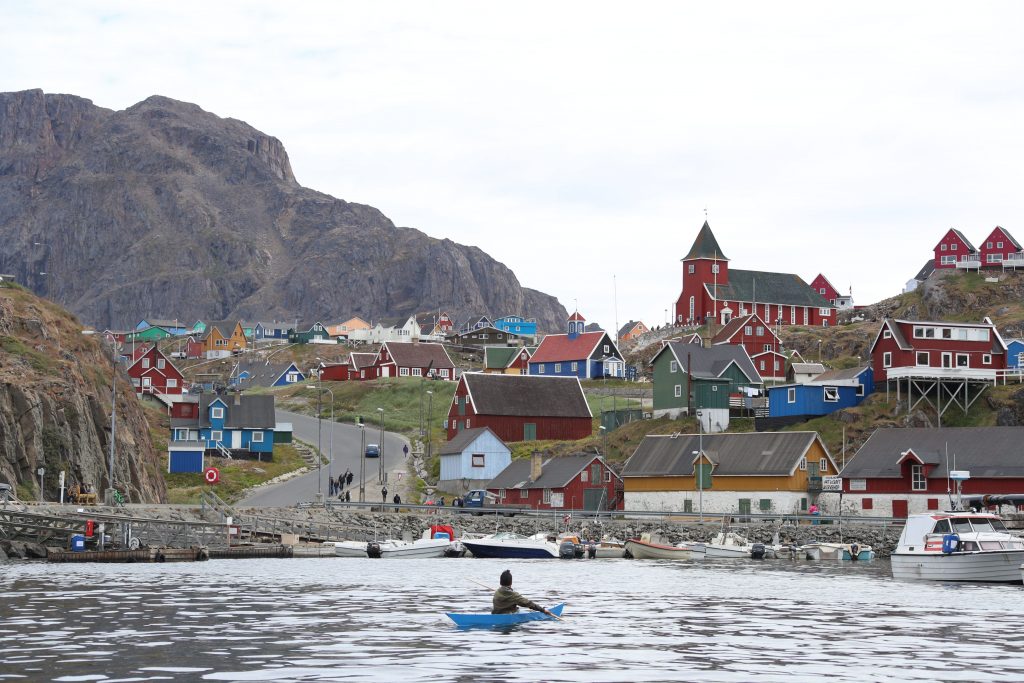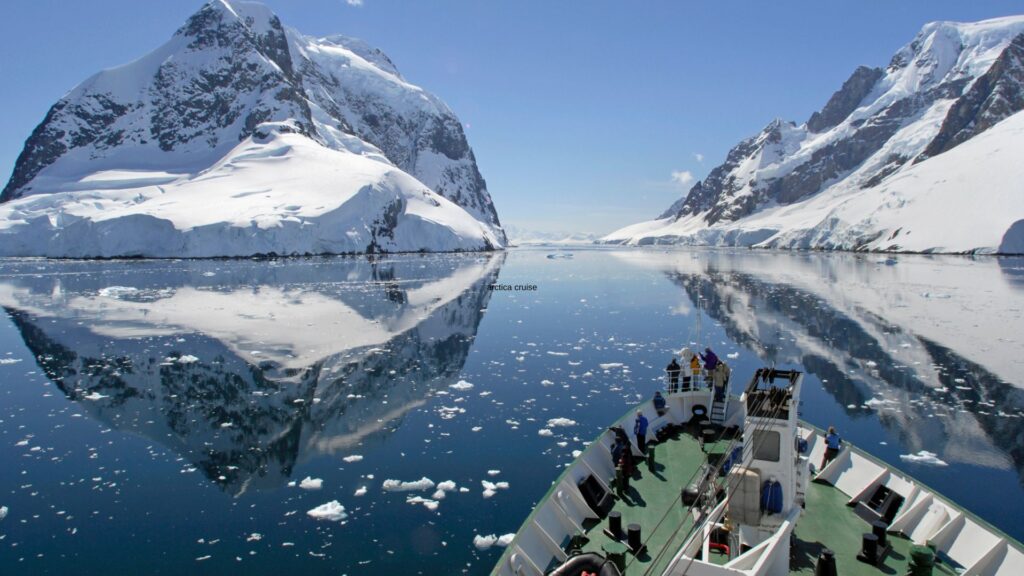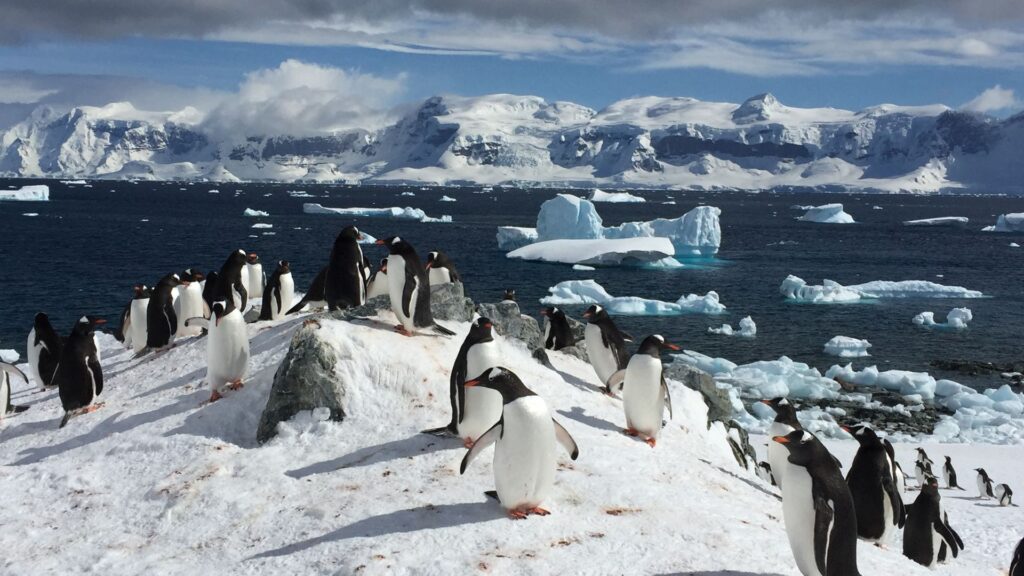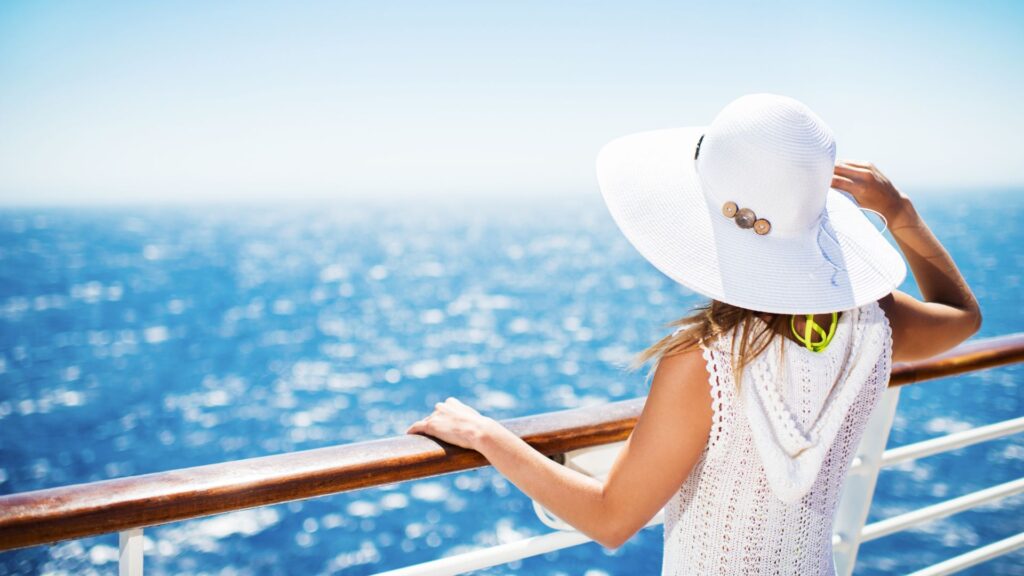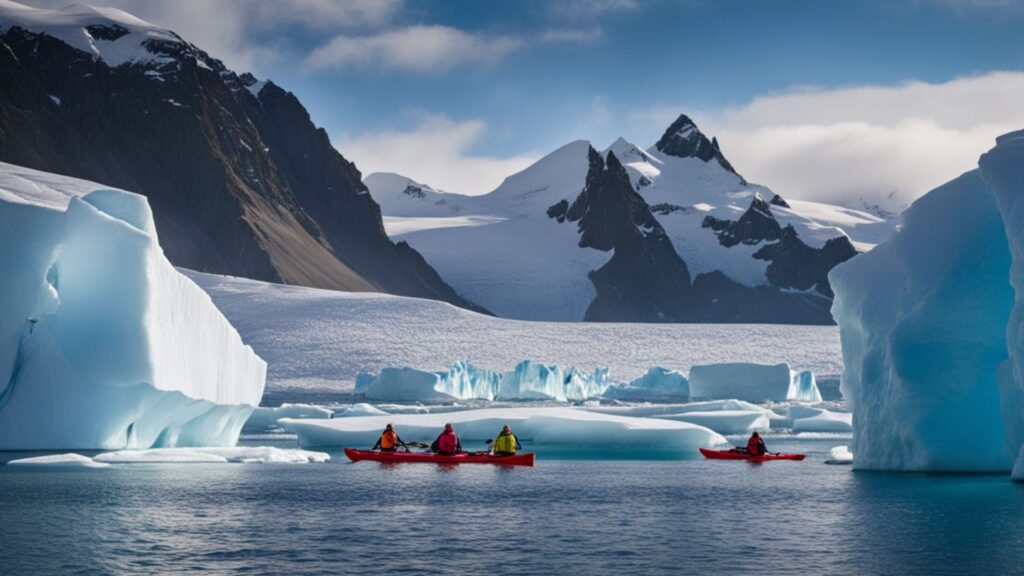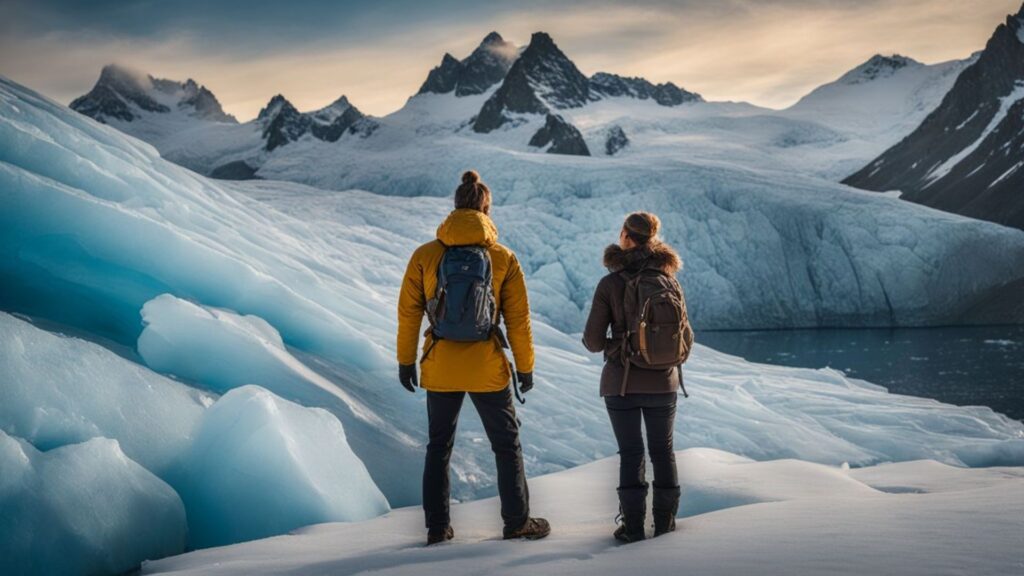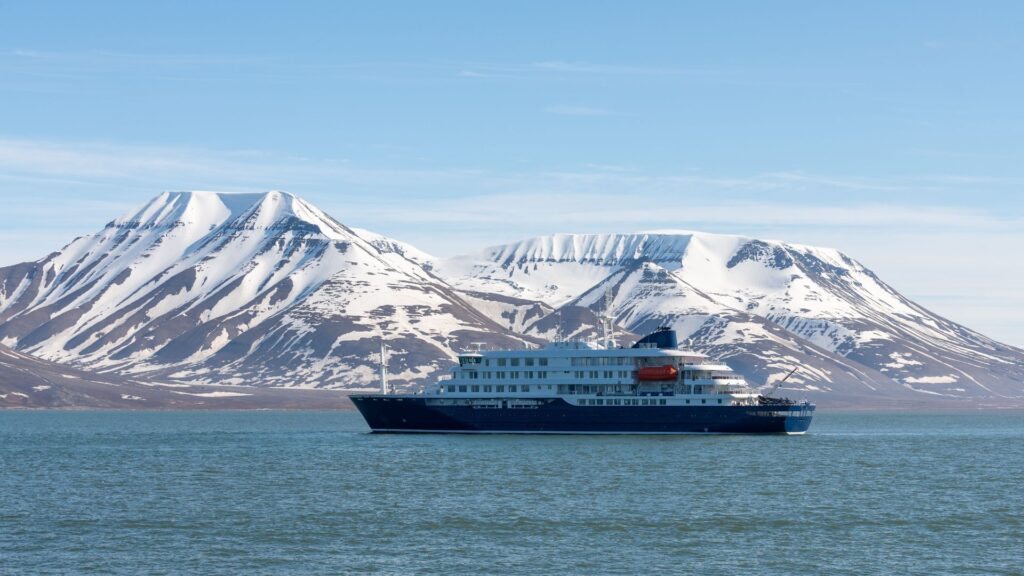Greenland is the largest island on the planet and the least populated country in the world. Most of the island lies within the Arctic Circle. The majority of the island is covered by the Northern Ice Cap. Consequently, the waters surrounding the northern shores remain frozen all year. Ice as thick as two miles creates incredible mountaineering opportunities in the middle of the island. Each fjord and valley has its own unique characteristics, make sure Greenland is on your Arctic cruise itinerary!
Wildlife in Greenland
On land, visitors may encounter musk oxen, polar bears, reindeer, and many birds. At sea, make sure to watch the waters for whales, seals, and birds! Binoculars serve as an excellent wildlife-spotting tool. Don’t forget to pack a pair! Take a look at our Arctic Wildlife Guide for more wildlife information.
History
The history of Greenland dates back to Eric the Red and his band of Vikings who settled on the southwestern coast. There is evidence of Norse habitation for 500 years, but during the Little Ice Age, their settlements disappeared. The Greenland inhabitants are now mostly the Inuit peoples who have populated the region for nearly 1000 years. The seat of power formed in the area now known as Qassiarsuk. While other members of the group headed north and established themselves near present-day Nuuk. This region is now the country’s capital!
Greenland Weather
During the summer months, the temperatures in Northern Greenland can rise to upwards of 50 degrees Fahrenheit. In the Southern regions, the temperatures in summer can get as high as 68 degrees Fahrenheit. The areas along the coastlines are generally much cooler than the interior of the island. The warmest area in Greenland will be in the interior and nearest to the ice sheet. As the temperatures can change from warm to cool quickly, we recommend guests dress in layers.

